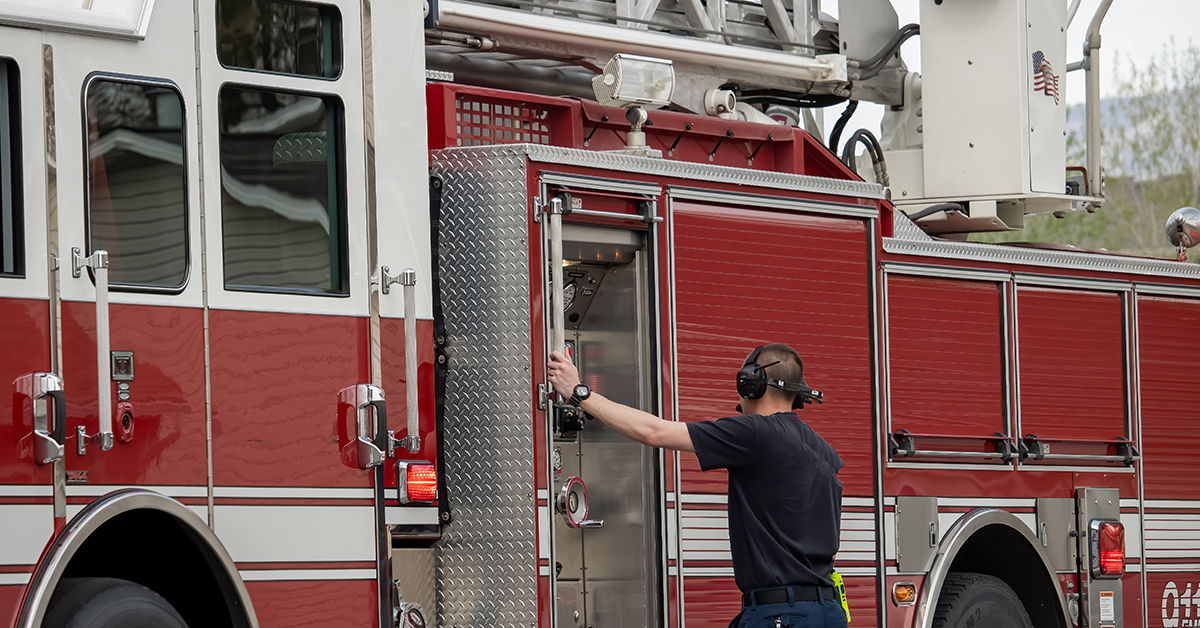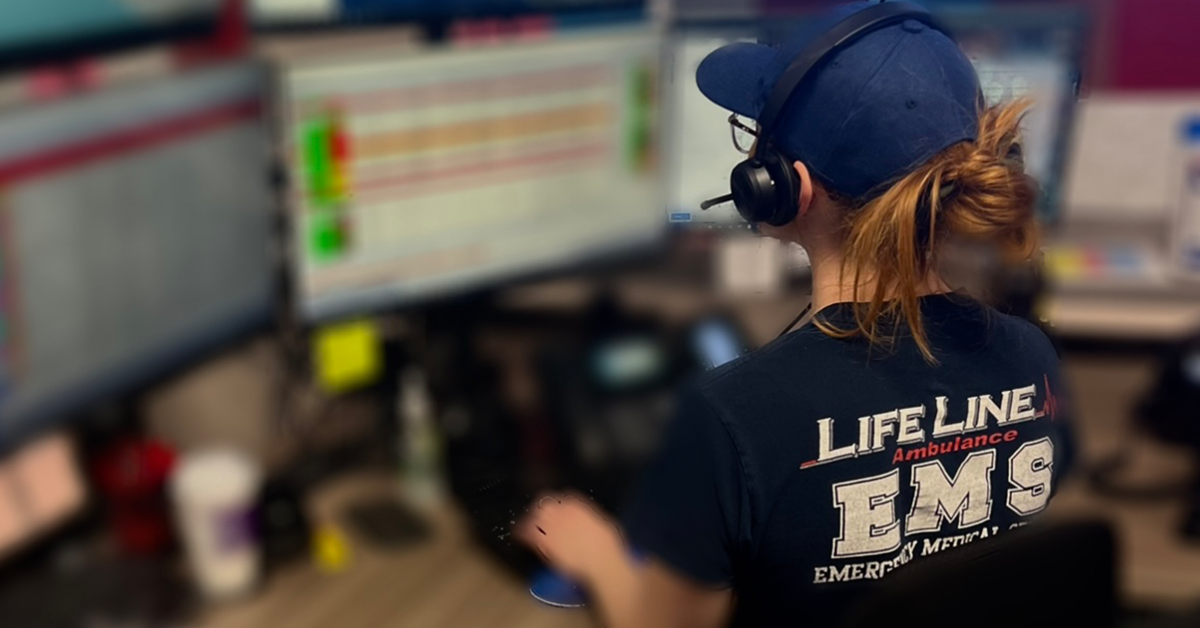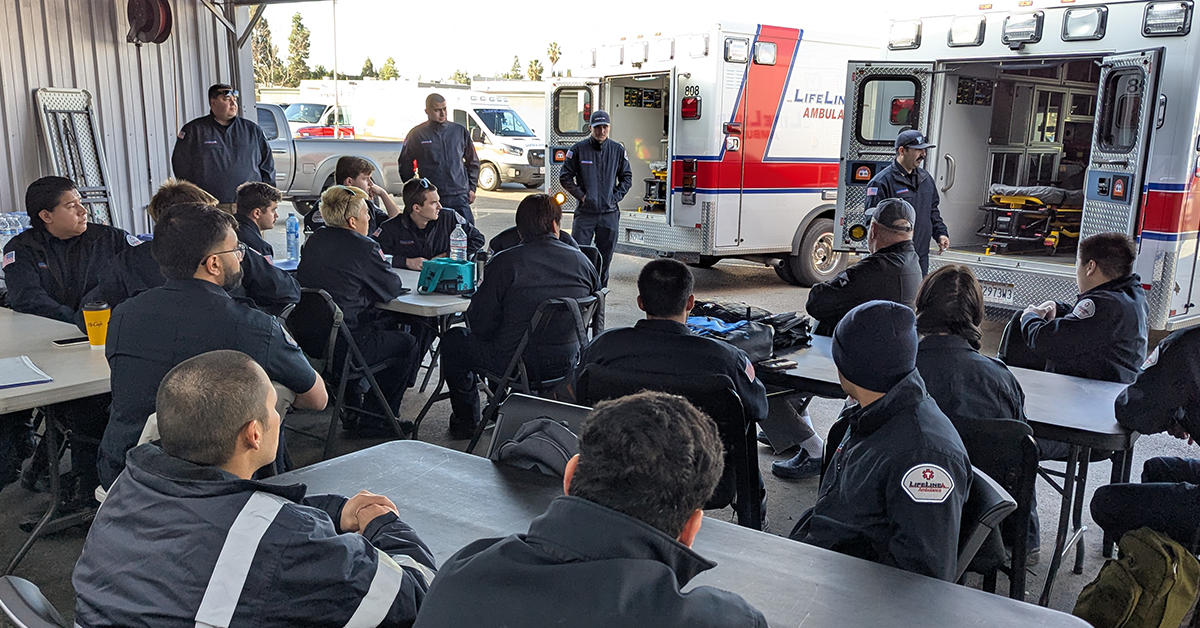Emergency Medical Services and firefighters are two crucial components of emergency response systems that work hand-in-hand to ensure public safety. Their collaboration is particularly critical in regions like Los Angeles and Southern California, where diverse challenges such as wildfires, earthquakes, and densely populated urban areas require seamless coordination between these emergency responders.
The Overlapping Roles of EMS and Firefighters
While their primary responsibilities differ, EMS personnel and firefighters frequently collaborate in emergency situations. Firefighters often arrive first on the scene of an emergency, providing initial medical assessment and stabilizing patients until EMS teams arrive to administer advanced care and transport patients to hospitals.
Key overlapping responsibilities include:
- Medical First Response: Many firefighters are trained as emergency medical technicians (EMTs) and provide immediate care in medical emergencies.
- Rescue Operations: Whether in vehicle accidents, fire rescues, or disaster response, both teams coordinate efforts to extricate and stabilize victims.
- Disaster Response: Large-scale emergencies such as wildfires or earthquakes necessitate coordinated efforts between fire and medical services to manage mass casualties and logistics.
Challenges of EMS and Firefighter Coordination
Effective collaboration requires overcoming several challenges, including:
1. Communication Barriers
Inter-agency communication can sometimes be hindered by differences in terminology, protocols, or command structures. Establishing clear communication channels and standardized procedures ensures a unified approach.
2. Resource Allocation
During major emergencies, prioritizing resources such as personnel, equipment, and transportation can be complex. Coordination between EMS and fire departments helps optimize resource use and response efficiency.
3. Training and Standardization
Consistent training programs across agencies enhance coordination and effectiveness. Regular joint drills and scenario-based exercises prepare responders to work together seamlessly.
Effective Strategies for Collaboration
To strengthen the connection between EMS and firefighters, various strategies are implemented in Los Angeles and Southern California:
1. Integrated Training Programs
Cross-training initiatives allow firefighters and EMS professionals to familiarize themselves with each other’s protocols and capabilities. Training sessions focus on:
- Scene safety and hazard recognition.
- Patient triage and emergency medical procedures.
- Effective communication and teamwork.
2. Technology-Driven Solutions
Modern technology enhances coordination between fire and EMS services. Some of the advancements include:
- Incident Command Software: Real-time data sharing and situational awareness.
- Radio Interoperability Systems: Ensuring seamless communication between different agencies.
- Telemedicine Integration: Allowing EMS providers to consult with physicians while on the scene.
3. Mutual Aid Agreements
Collaboration is reinforced through mutual aid agreements, which outline how neighboring agencies will assist each other in large-scale emergencies. These agreements help ensure sufficient manpower and resources are available when needed most.
The Role of EMS and Firefighters in Public Health and Safety
The partnership between EMS and firefighters extends beyond emergency response; they also play an essential role in:
- Community Outreach: Educating the public about fire safety, CPR, and first aid.
- Preventive Measures: Identifying at-risk populations and implementing preventative healthcare initiatives.
- Disaster Preparedness: Helping communities prepare for natural disasters through drills and educational programs.
Notable Incidents Highlighting Collaboration
Los Angeles and Southern California have witnessed numerous emergency situations where the joint efforts of EMS and firefighters have been instrumental. Some notable examples include:
- Wildfire Response: Coordinated efforts to evacuate residents, provide medical aid, and contain fires.
- Earthquake Relief: Rapid deployment of emergency services to assist injured individuals and clear debris.
- Major Traffic Collisions: Joint extrication and trauma response efforts that have saved countless lives.
Future Trends in EMS and Firefighter Collaboration
As emergency response continues to evolve, several trends are shaping the future of EMS and firefighter partnerships:
- Enhanced Training Programs: More focus on cross-disciplinary learning.
- Increased Use of AI and Predictive Analytics: Improving response times and resource allocation.
- Community-Based Approaches: Integrating emergency responders into broader public health initiatives.
Keep Reading
Want more? Here are some other blog posts you might be interested in.
In the high-stakes world of emergency medical services, clear and effective communication can mean the difference between life and death. EMS professionals...
Emergency Medical Services is an ever-evolving field that requires constant learning and adaptation. With medical advancements, technological innovations, and increasing public health...
Emergency Medical Services s a high-stress, physically demanding profession that requires dedication, quick decision-making, and resilience. While the rewards of saving lives...






